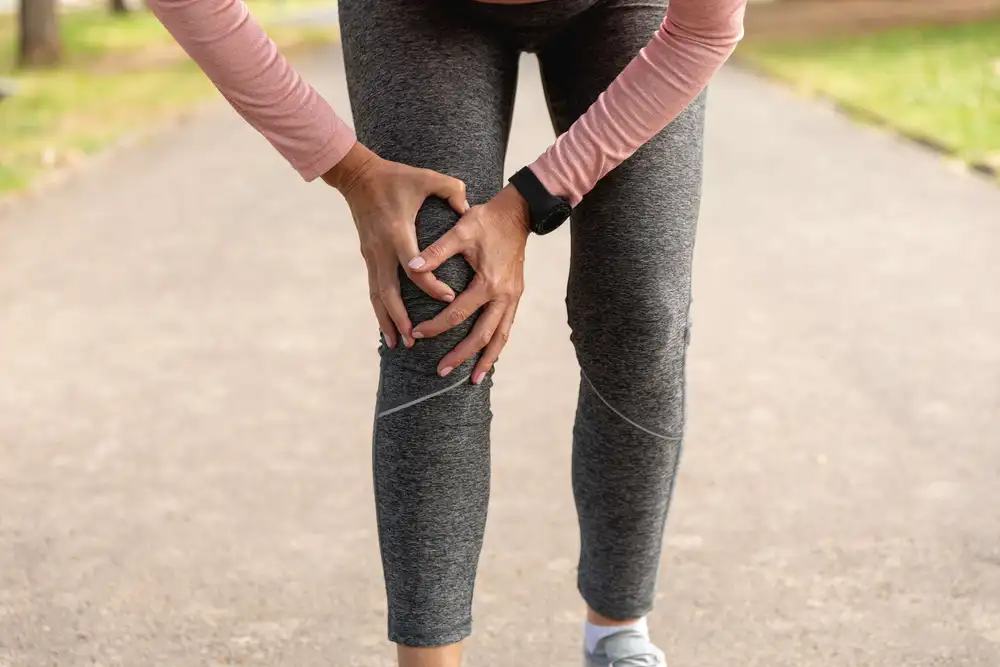
Knee pain is a common issue that can arise from injury, overuse, or degenerative conditions. The knee joint is complex, involving bones, cartilage, ligaments, and tendons, making it susceptible to various types of pain. Common causes include:
Symptoms of knee pain can include swelling, stiffness, instability, difficulty moving the knee, and discomfort during activities like walking, running, or climbing stairs.
Chiropractic treatment focuses on restoring alignment, improving joint mobility, and reducing inflammation to alleviate knee pain. Chiropractors use several techniques, including:
Chiropractic care helps alleviate knee pain by improving joint alignment, reducing inflammation, and enhancing overall mobility and biomechanics.
Physiotherapy plays a crucial role in rehabilitating knee pain by strengthening the muscles around the knee, improving flexibility, and promoting proper movement. Key physiotherapy techniques include:
Physiotherapy helps in both short-term pain relief and long-term recovery by restoring strength, flexibility, and proper knee mechanics, which are essential for preventing future knee issues.


Chiropractic care and physiotherapy together provide a comprehensive approach to managing knee pain. Chiropractic adjustments restore alignment and reduce pressure on the joint, while physiotherapy strengthens muscles, improves flexibility, and promotes healing. This combined approach helps to relieve pain, improve knee function, and prevent future injuries, offering long-lasting relief.